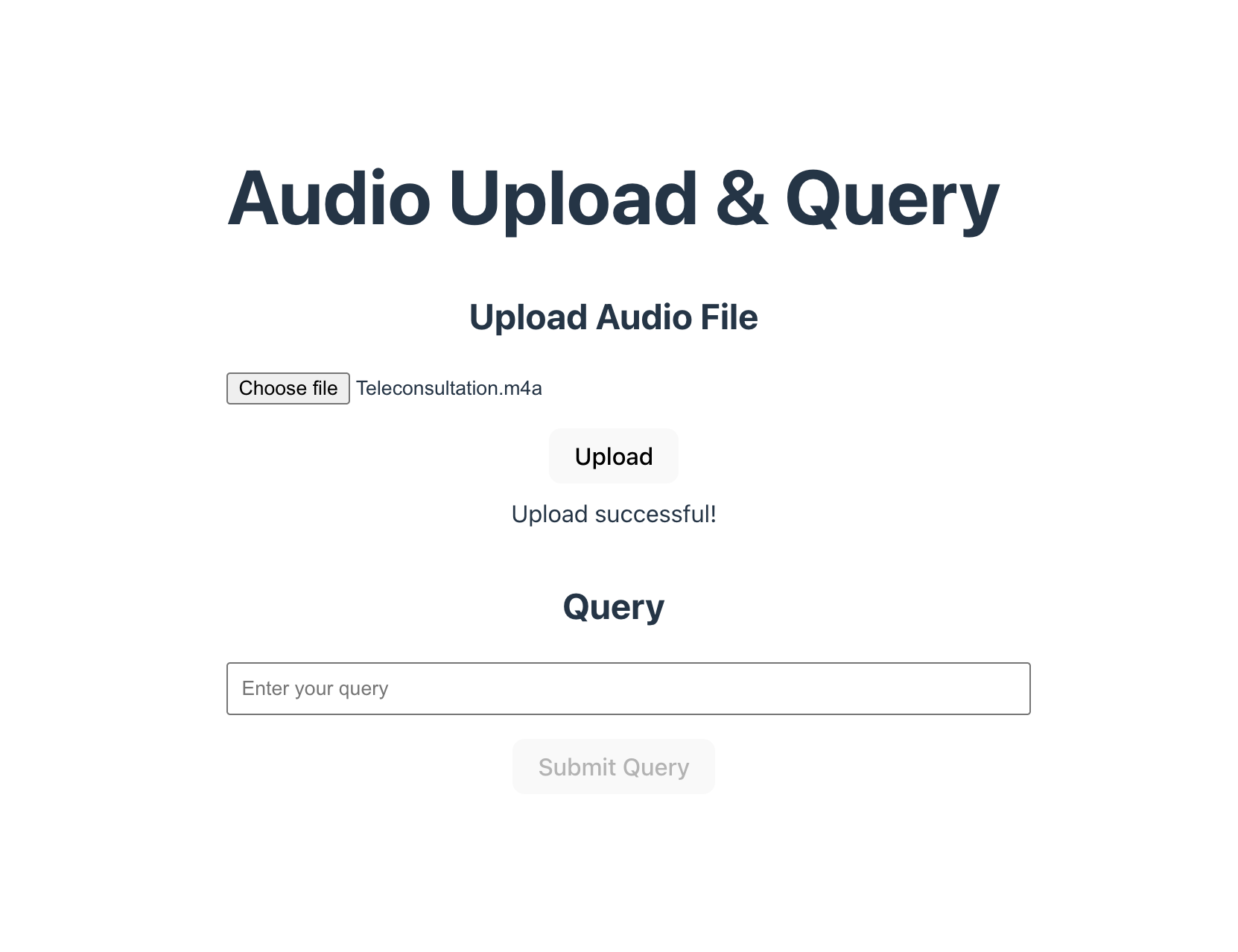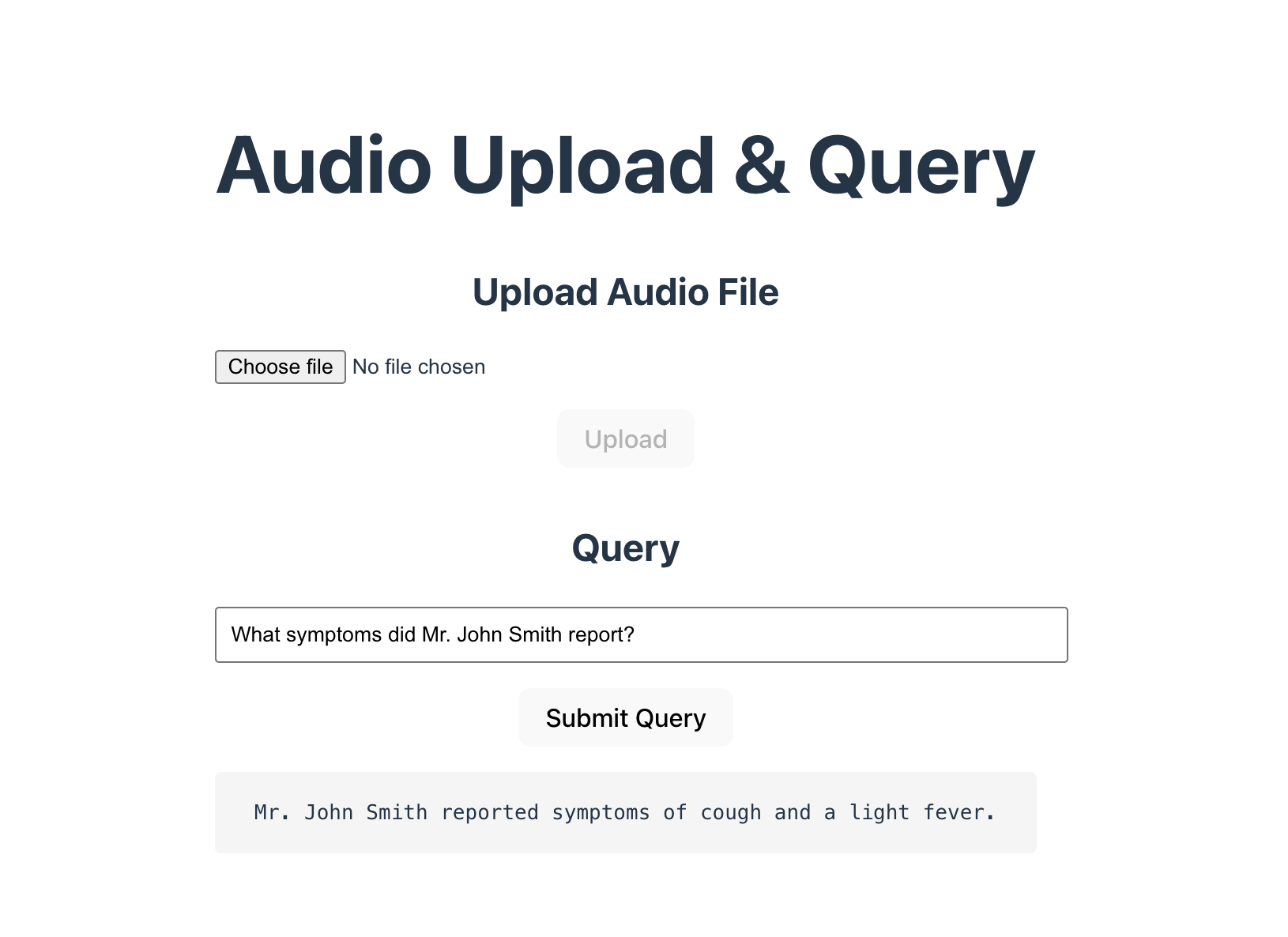Hola, comunidad:
¡Ha llegado la hora de votar! Emitid vuestros votos por las mejores aplicaciones en nuestro concurso de InterSystems sobre .Net, Java, Python y JavaScript:
🔥 VOTAD POR LAS MEJORES APPS 🔥

¿Cómo votar? Los detalles aquí abajo
Nominación de expertos:
Un jurado experimentado de InterSystems elegirá las mejores aplicaciones para nominarlas a los premios en la categoría de Nominación de Expertos.
Nominación de la comunidad:
Todos los miembros activos de la Comunidad de Desarrolladores que tengan el estado “trusted” en su perfil pueden votar en la Nominación de la Comunidad. Para comprobar vuestro estado, haced clic en vuestra foto de perfil en la esquina superior derecha, y lo veréis debajo de vuestra imagen. Para convertiros en miembros de confianza, debéis participar al menos una vez en la Comunidad.
¡Voto ciego!
El número de votos de cada aplicación estará oculto para todos. Publicaremos la clasificación en la sección de comentarios de esta publicación a diario. Los expertos pueden votar en cualquier momento, por lo que es posible que las posiciones cambien drásticamente en el último momento. Lo mismo se aplica a los puntos extra.
El orden de los proyectos en la página del concurso se determinará según el momento en que se hayan enviado las aplicaciones, apareciendo más arriba las presentaciones más tempranas.
P. D. No olvidéis suscribiros a esta publicación (haced clic en el icono de la campana) para recibir notificaciones de nuevos comentarios.
Para participar en la votación, necesitáis:
- Iniciar sesión en Open Exchange – sirve con las mismas credenciales de la Comunidad de Desarrolladores.
- Hacer alguna contribución válida en la Comunidad de Desarrolladores – responder o hacer preguntas, escribir un artículo o publicar aplicaciones en Open Exchange – y podréis votar. Consultad esta publicación sobre las opciones para hacer contribuciones útiles a la Comunidad de Desarrolladores.
Si cambiáis de opinión, podéis cancelar vuestra elección y dar vuestro voto a otra aplicación.
¡Apoyad la aplicación que más os guste!
Nota: Los participantes del concurso pueden corregir errores y mejorar sus aplicaciones durante la semana de votación, así que aseguraos de suscribiros a las actualizaciones de las aplicaciones



